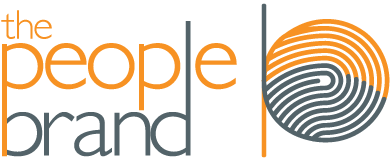If you look at creativity research and expertise, they usually fall into two categories.
- Ideas and observations about creativity in individuals
- Ideas and observations about creativity in organizations
It can get complicated with all the environmental elements and psychological factors to explore in those two arenas. How does this play out in teams vs. departments vs. large organizations? How do external forces impact individuals, and vice-versa? It can quickly disintegrate into an argument about nature vs. nurture.
But it really boils down to two things:
- The creative willingness of the individual
- The creative welcomeness of the environment
The quick dry erase drawing above shows four possible combinations of these two conditions.
I call this The 2×2 Creativity Model
Little Green Circles = Creatively Willing Individuals
Big Green Circles = Creatively Welcome Environments
Little Red Circles = Creatively Resistant Individuals
Big Red Circles = Creatively Resistant Environments
Creative Depression
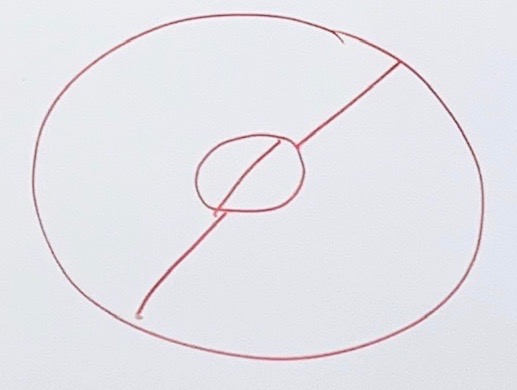
Individuals and their environment are both resistant to creativity. There is no real internal conflict here, but it’s business-as-always and external changes create conflict. The team/organization is not ready for change and becomes antiquated and irrelevant to the needs of the external “market.”
Creative Oppression
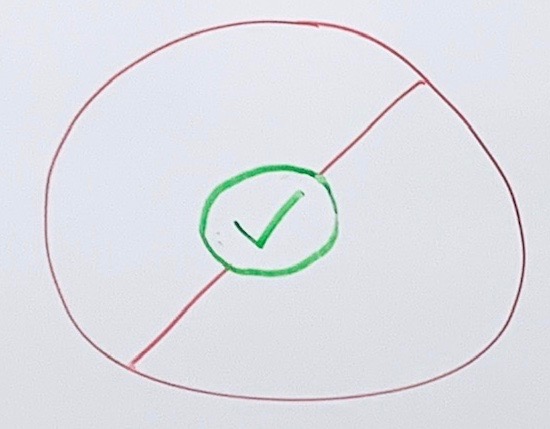
Creative individuals meet resistance when they present their ideas, because new ideas equal change. The environment is resistant to creativity and change, making it challenging to keep good talent. Leaders are not grown here. Once they realize their ideas are not valued, they go elsewhere to flourish.
Creative Suppression
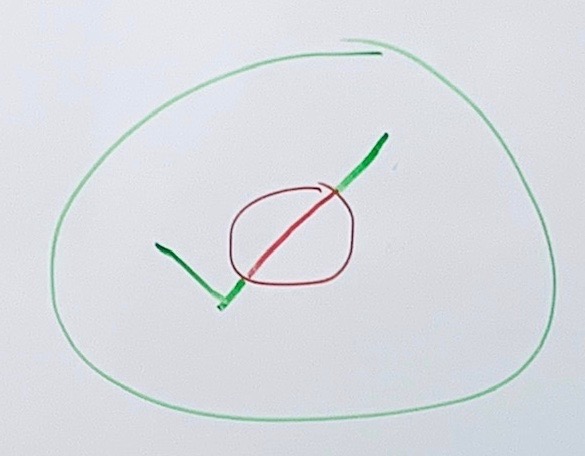
The environment here is welcome to creativity and ideas. The leadership has established trust and psychological safety. There is permission to fail, but some individuals aren’t willing to attempt. They try to fly under the radar, letting others take the risk. Ironically, their lack of willingness eventually creates greater risk because they are not seen as a contributor or a fit with the team culture. If nothing changes, they end up being let go to make room for someone with stronger leadership.
Creative Expression
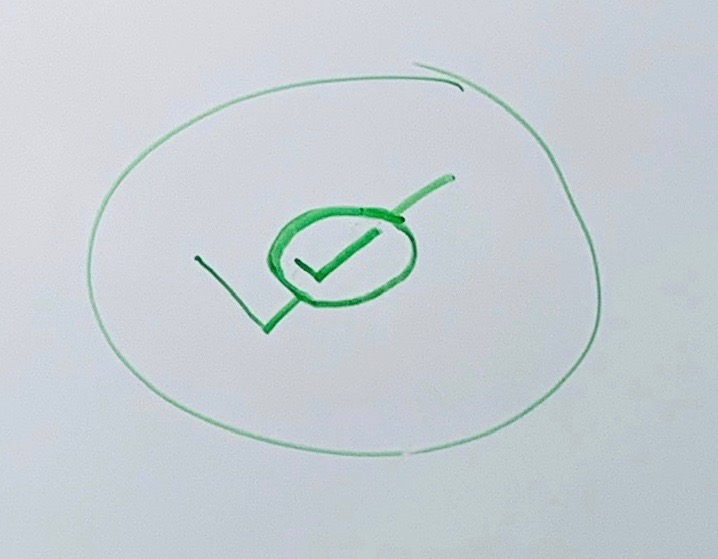
Here, people are encouraged to contribute ideas, some of which are approved to become experiments / pilot programs / prototypes that can iterate and develop into larger, more permanent projects or products. Trust and psychological safety make it easier for individuals to share ideas, take risks, learn from failure and make good decisions. Individuals also show a willingness to “put themselves out there.”
Even though creative expression doesn’t look like it would create conflict, healthy conflict does occur. Individuals are willing to challenge each other’s ideas in order to help improve outcomes, not because of petty politics. The absence of any conflict more likely indicates creative depression, as risk aversion and a desire for the status-quo prevent even healthy conflicts.
Of course, this model simplifies reality, but it provides a way to identify and illustrate the different scenarios that could encourage or discourage creativity.
